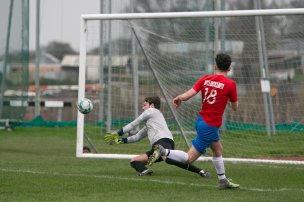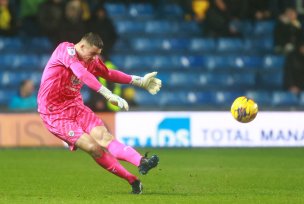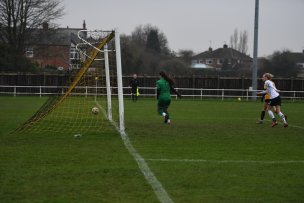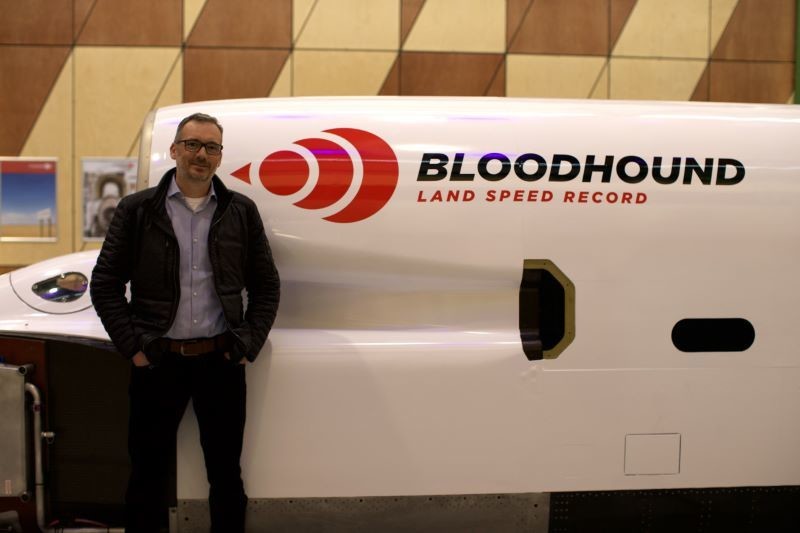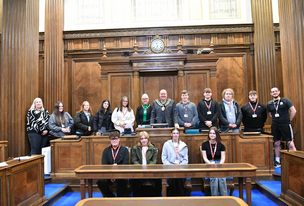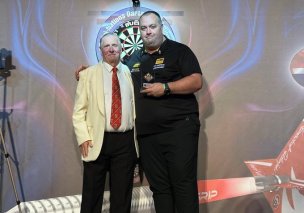A ROCKET powered car aiming to reach speeds of up to 1,000mph - a project saved from administration by a Barnsley businessman - has announced it is ready for high-speed track tests.
Back in March Ian Warhurst - the former managing director of Barugh Green-based company Melett - saved The Bloodhound Project after it fell into administration following unsuccessful attempts to raise investments to keep the project going.
The car is powered by a Rolls Royce jet engine and Nammo rocket, aiming to break the current land speed world record of 763mph.
Since Ian’s cash injection, a number of changes have been made, including moving the project to new headquarters at SGS Berkeley Green University Technical College on the Gloucestershire Park, a rename to Bloodhound Land Speed Record, and a visual transformation of the car itself. But now following successful 200mph UK runway trials, the team will be targeting 500mph speeds for the first time on a dry lake bed in South Africa.
“I’m thrilled that we can announce Bloodhound’s first trip to South Africa for these high speed testing runs,” explains Bloodhound CEO Ian Warhurst.
“This world land speed record campaign is unlike any other, with the opportunities opened up by digital technology that enabled the team to test the car’s design using computational fluid dynamics and that will allow us to gather and share data about the car’s performance in real time.
“In addition, we’re running the car on a brand new surface.
“The wheels have been designed specifically for this desert lake bed, but it will still be vital to test them at high speeds before making record speed runs.
“The section of the track we’ll use is 16km by 500m, with large safety areas on both sides.
“This allows us to lay out up to 12 individual tracks side by side.
“This is important as we can’t run over the same piece of ground twice because the car will break up the baked mud surface as it passes.
“We need multiple tracks so we can build up speed slowly and safely - going up in 50mph steps, comparing real-world results with theoretical data - and Hakskeen Pan is the perfect place to do this.
“The surface is hard, too, which means we’ve been able to design slightly narrower wheels that reduce aerodynamic drag.
“The desert surface also has a slight degree of give, which will work with the suspension to give a smoother ride, reducing vibration inside the car.”
The high speed trials will take place in October and will be preparation for the land speed record runs towards the end of next year.

